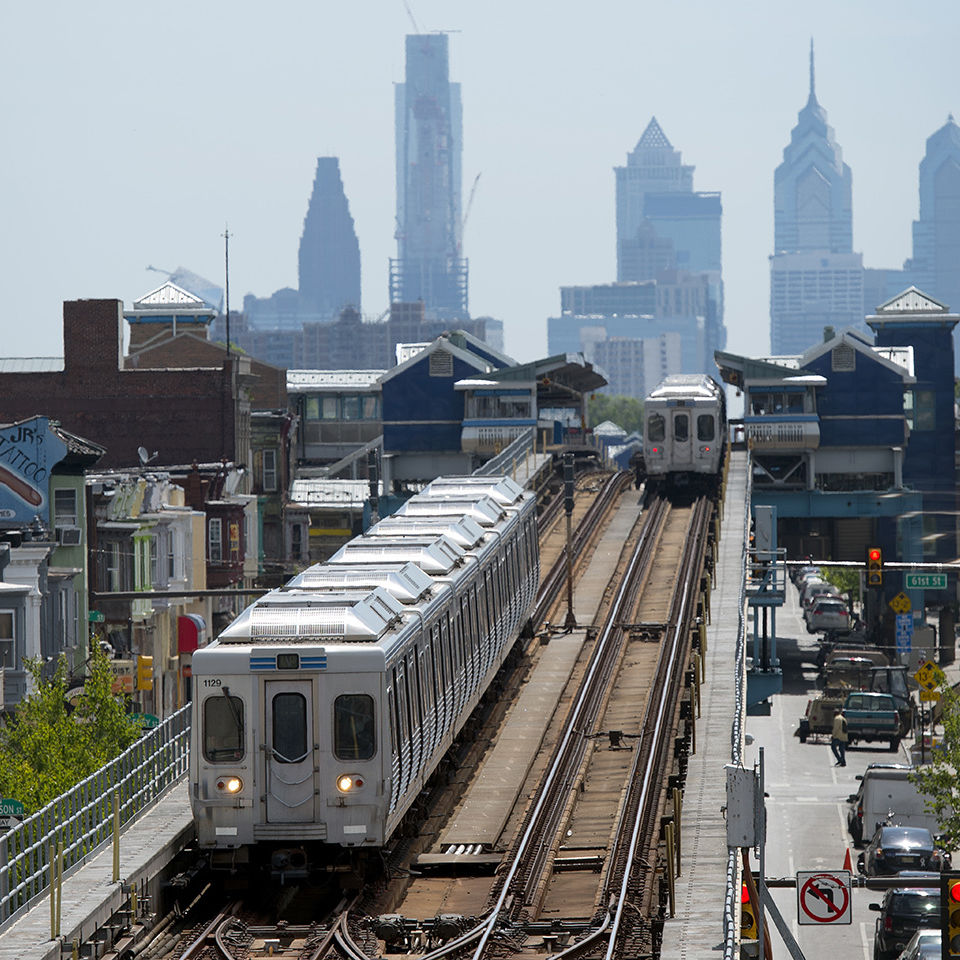downtown’s employers, retail shops, restaurants, educational, medical, arts and cultural institutions.
However, land use and development patterns in the third quarter of the 20th century created an environment that not only required a car for the most essential trip a person regularly undertakes – the journey to work - they also disconnected many lower-income workers from easy access to employment opportunities. By reinvesting in existing infrastructure and concentrating development around transit-oriented nodes, Philadelphia can decrease congestion and air pollution, reinforce the competitiveness of our employment centers and create new opportunities for disadvantaged workers. Transit is not just a convenience; it is essential to the density that enables Center City to provide 42% of all jobs in Philadelphia.
